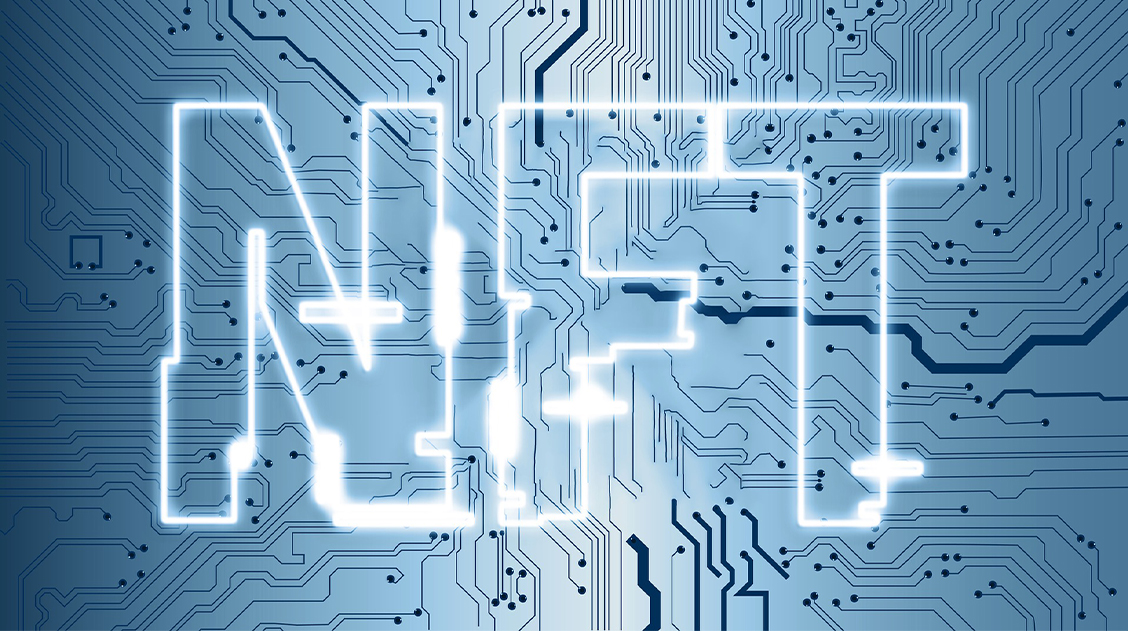
Everything You Need to Know about NFTs
NFTs are affecting our digital environment in ways that we’ve never seen before. They’ve become part of a radical new idea of what the future could be like, which includes the Metaverse, as well as virtual and augmented realities.
NFTs are changing things in both positive and negative ways. For those not involved with them, their inner workings are shrouded in mystery…
What are NFTs?
NFT stands for ‘non-fungible token’. The term ‘fungible’ means interchangeable or replaceable. A non-fungible token is, therefore, one-of-a-kind and unique. It can’t be swapped for a similar one. Each NFT is registered on the blockchain, which is a shared database that stores data in blocks.
Because NFTs are on the blockchain, they’re closely related to cryptocurrency. A study in Mathematics points out that Google searches for NFTs positively correlated with searches for crypto.
In the Art World
At the moment, there’s a lot of hype around the possibility of NFTs in the art world. Buying works of art as NFTs has the potential to revolutionise the way in which artists work, at a time when some artists are struggling to make ends meet.
This extends to places where art is displayed. A study in Applied Sciences clarifies: ‘The emergence of NFTs has been considered by some as a potential “lifeline” for museums, which have been turning to redundancies and deaccessions in order to survive financially.’
NFTs and the Environment
However, NFTs are making waves in other ways. NFTs, as they are now, are negatively impacting our natural environment. When NFTs are designed by the artist, there is little to no damage caused, however what follows next is usually very intensive. Most of the time, NFTs are purchased with cryptocurrency, which needs to be mined to be created. Mining involves computers working at high outputs to solve complicated mathematical problems. The minting process, transferring the asset to the blockchain to claim ownership, is similarly exhaustive. Almost every movement in this respect uses the cryptocurrency Ethereum. Remarkably, while 100,000 VISA transactions use 148.63 kWh of energy, one single Ethereum transaction uses 238.22 kWh.
Ownership
Ownership is an important part. This is explained in a paper in Information. ‘In the case of NFTs, their purpose is to tie a record to prove the ownership of an asset, whether it be a digital file or a real-world item.’
NFTs can be anything—a piece of music, a tweet, an essay, a ticket—the list goes on. All of these, obviously, can be duplicated thanks to the power of the Internet. You can easily screenshot or copy any of these and keep them in your files. Crucially, though, you wouldn’t own the original, listed on the blockchain, which is what NFT buyers are often paying thousands for.
Most NFTs are currently .jpeg files. The most popular ones are those of the Bored Ape Yacht Club, which are generated using an algorithm that creates unique images using different accessories and facial features.

This is how most NFTs currently function. Each individual image is a differentiation of the same structure, making them all look similar enough to be recognisable as being from that group, while being individual enough to create images that are perceived as more desirable.
This has kept demand high and made them a sought-after commodity.
Value of NFTs
Due to them being a completely novel type of asset, the value of NFTs is often questioned by critics, and they are thus often seen as a volatile investment. It’s difficult to assign a large amount of money to an object merely on the basis that it is a trading commodity, rather than having strong intrinsic and useful value.
Because of their ascribed value, NFTs represent an intriguing investment opportunity for many. This includes criminals who have funds that they need to move around without anyone knowing. Blockchain purchases are anonymous, giving them the ability to add an extra step for illegally earnt funds, making them, and their associated crimes, harder to track.
The hype around NFTs and their value also attracts scammers. Many uninitiated investors are desperate to get in on the action, giving scammers the opportunity to sell fake or non-existent NFTs for huge pay-outs. Fraudsters can also take advantage of the precarious nature of them by selling the NFT to themselves multiple times, thereby creating fake purchase records to boost their value. They can then sell the NFT for much more than they bought it for.
Future of NFTs
They could be important to our digital future.
On 16th March 2022, Meta CEO Mark Zuckerberg announced that NFTs would be coming to Instagram. Twitter now also provides the option to change your profile picture to an NFT that you own. This is only available via Twitter Blue, a premium Twitter subscription service.
NFTs are also expected to be tradeable for the ownership of virtual land in Facebook’s Metaverse space. An NFT, as The Financial Times points out, can act as definitive proof of someone’s ownership of property inside a virtual world.
As NFTs are taking off, research is urgently required. We encourage academics to submit their manuscripts on this subject. Special Issues open for submission include ‘Recent Development in Fintech: Non-fungible Token’ in FinTech, open until December 2022, ‘Blockchain Commerce Ecosystem’ in Journal of Theoretical and Applied Electronic Commerce Research, open until the end of April 2022, and ‘Advances in Blockchain Technology’ in Mathematics, open until the end of May.











Hello , thanks for sharing this nice article , i really enjoy your way in writing , can you pleas tell how to subscribe in your website ?
Hello Prince, thank you for the comment.
You can subscribe to the MDPI Blog by scrolling to the very bottom of this page. There will be a field called ‘Email’ where you can enter your email address, click the checkbox, and hit ‘Subscribe’.
hello , thanks for this article , i just want to ask you , is it ok to share this article on my facebook page ?
Hi Mose, thank you for the comment.
You are welcome to share any of our articles on any platform! Thanks for reading!